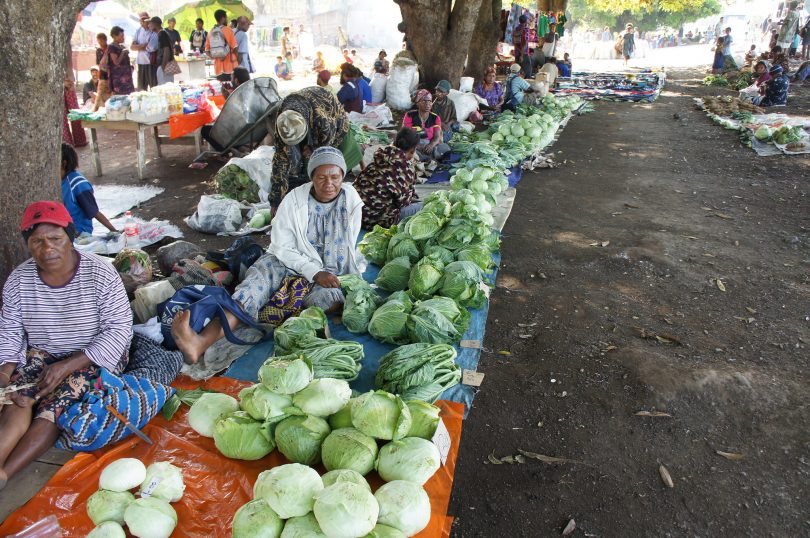Progress toward achieving Sustainable Development Goal 1 (No Poverty) and Goal 2 (Zero Hunger) is not on track for the Pacific Region.
This is according to an evidence brief prepared by the Pacific Community (SPC) on behalf of the Pacific SIDS Ambassadors to the UN.
The brief is intended to support Pacific Island countries and their representatives engage with the Food Systems Summit 2021 to be held from the 26th to 28th July in Rome.
According to the brief:
- Pacific Island counties face a triple burden of malnutrition with three of the most prevalent nutritional threats; childhood stunting, micronutrient deficiency among women and children, and overweight and obesity among women, with a growing concern among children.
- The region’s premature morbidity rate is at 60 -75 percent.
- Rates of anemia in both women and children are of concern, ranging from 21% to 41% in women and from 27% to 43% in children under the age of five years.
The brief also said premature death, disability and reduced productivity from non-communicable diseases (NCDs) are linked to the region’s high reliance on imported high-energy low-nutrient foods, which in some cases may be easier to prepare and cheaper than traditional foods.
The region is twice as isolated by air and sea as other Small Island Developing States (SIDS). This impacts the costs of food imports, the ability of Pacific communities to afford healthy food, and the ability of Pacific producers to get foods to regional and global markets. Rising energy costs also threatens food flows in the region as fossil fuel-based transport is required for cold storage to reduce food waste and for logistics throughout the region.
Agriculture and fisheries are major contributors to livelihoods, yet average agricultural production is declining in the region. Coastal fisheries are under pressure and growing urbanisation and aging agricultural producers and fishers create long-term challenges for the food sector. Climate change continues to the immediate threat to the productivity of agriculture and coastal fisheries.
Women and youth play a critical but often undervalued contribution to household food security, agriculture, and fisheries. Women contribute on average about half the annual coastal fisheries catch in the Pacific. They fish for subsistence and are heavily involved in marketing and generating household income. About 70% to 80% of market vendors in the Pacific are women.
A Non-Communicable Disease is a disease that is not transmissible directly from one person to another. NCDs include Parkinson’s disease, autoimmune diseases, strokes, most heart diseases, most cancers, diabetes, chronic kidney disease, osteoarthritis, osteoporosis, Alzheimer’s disease, cataracts, and others.


